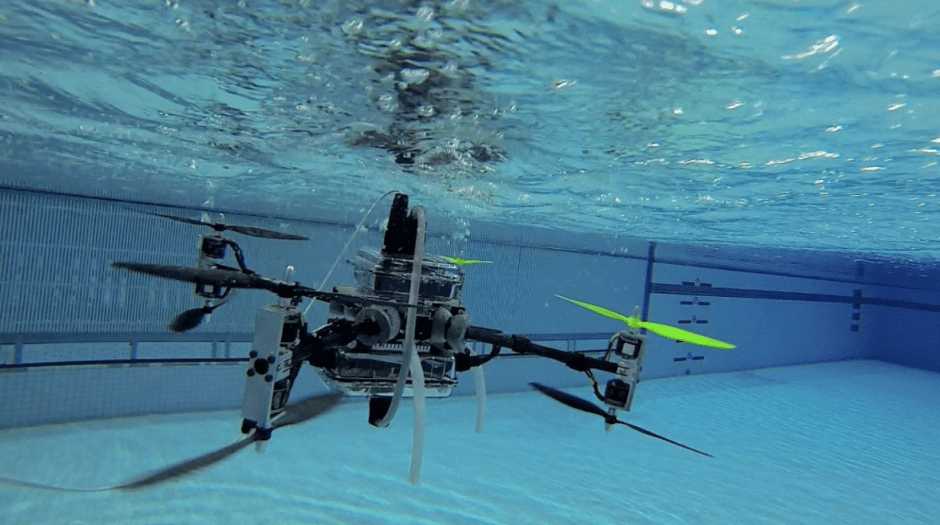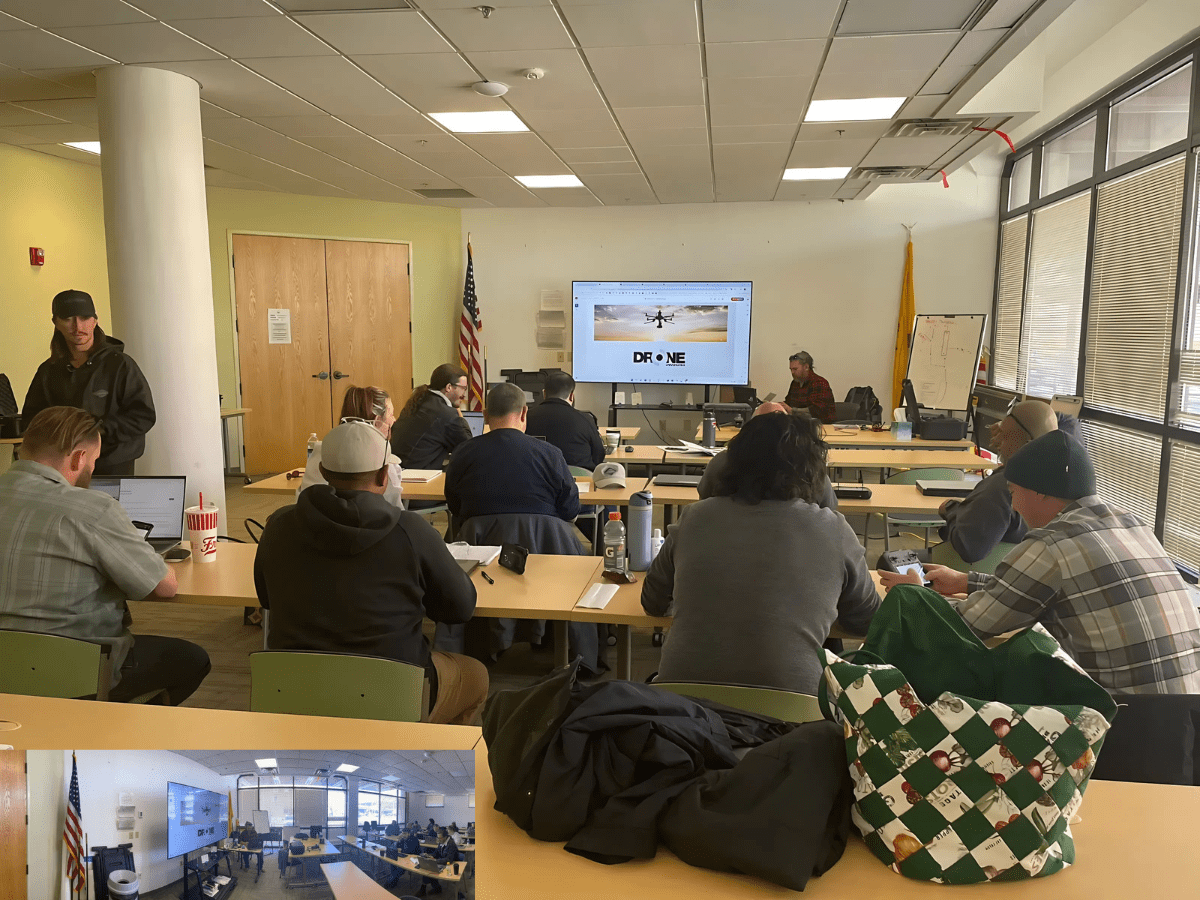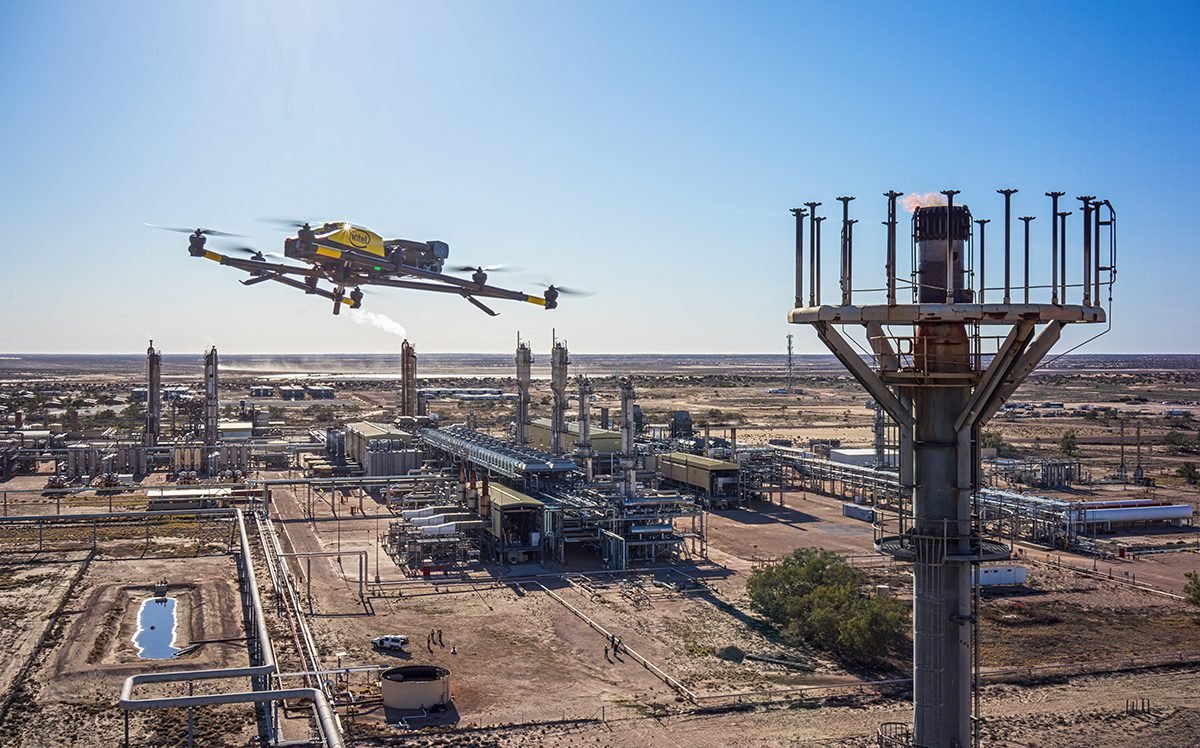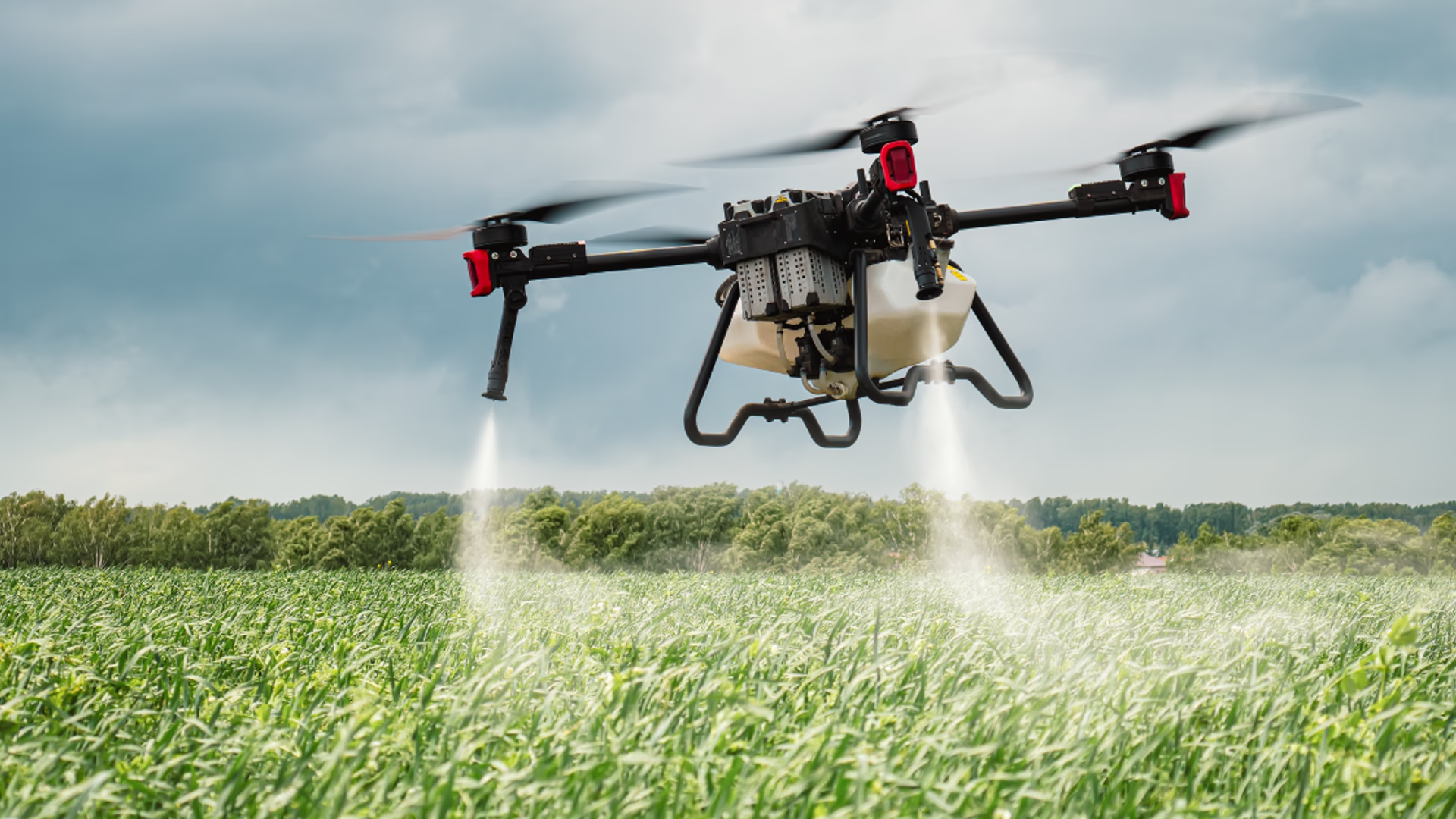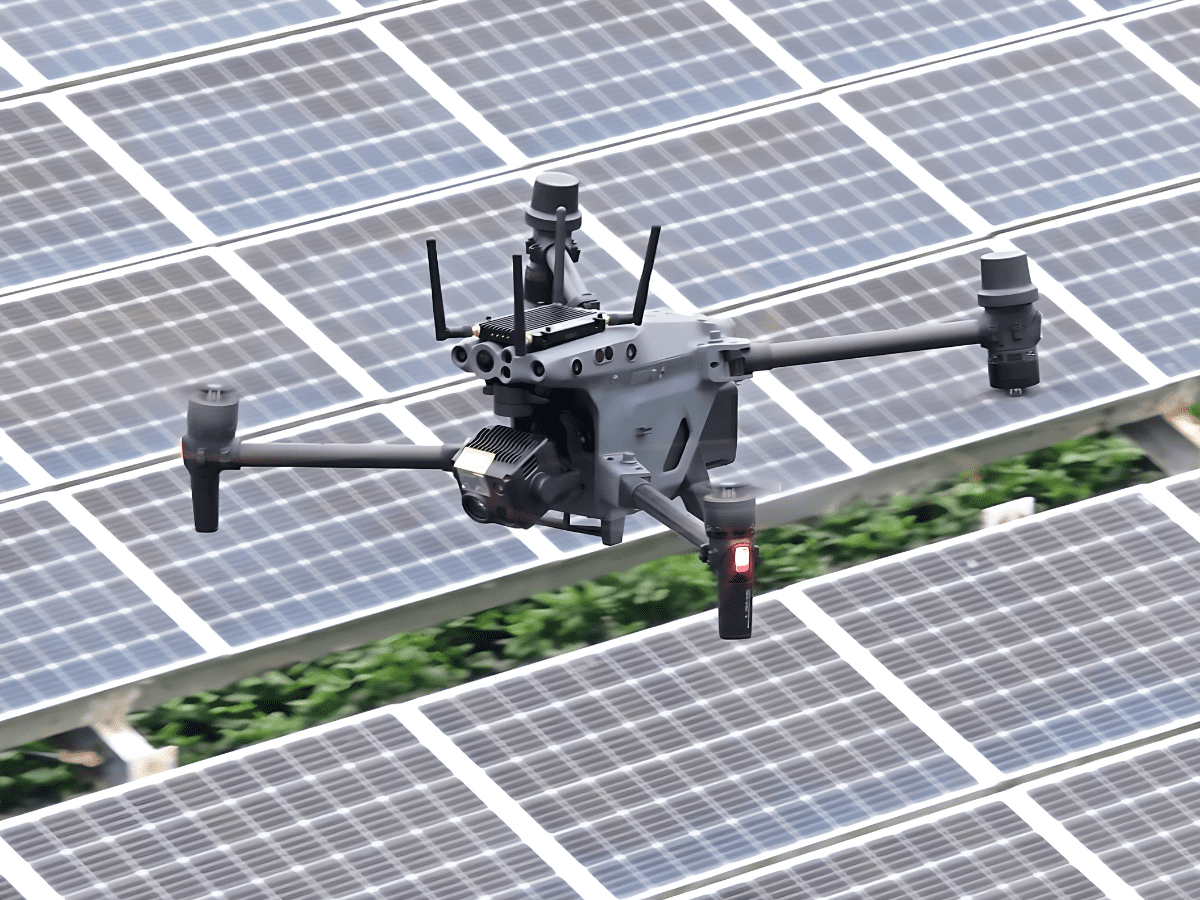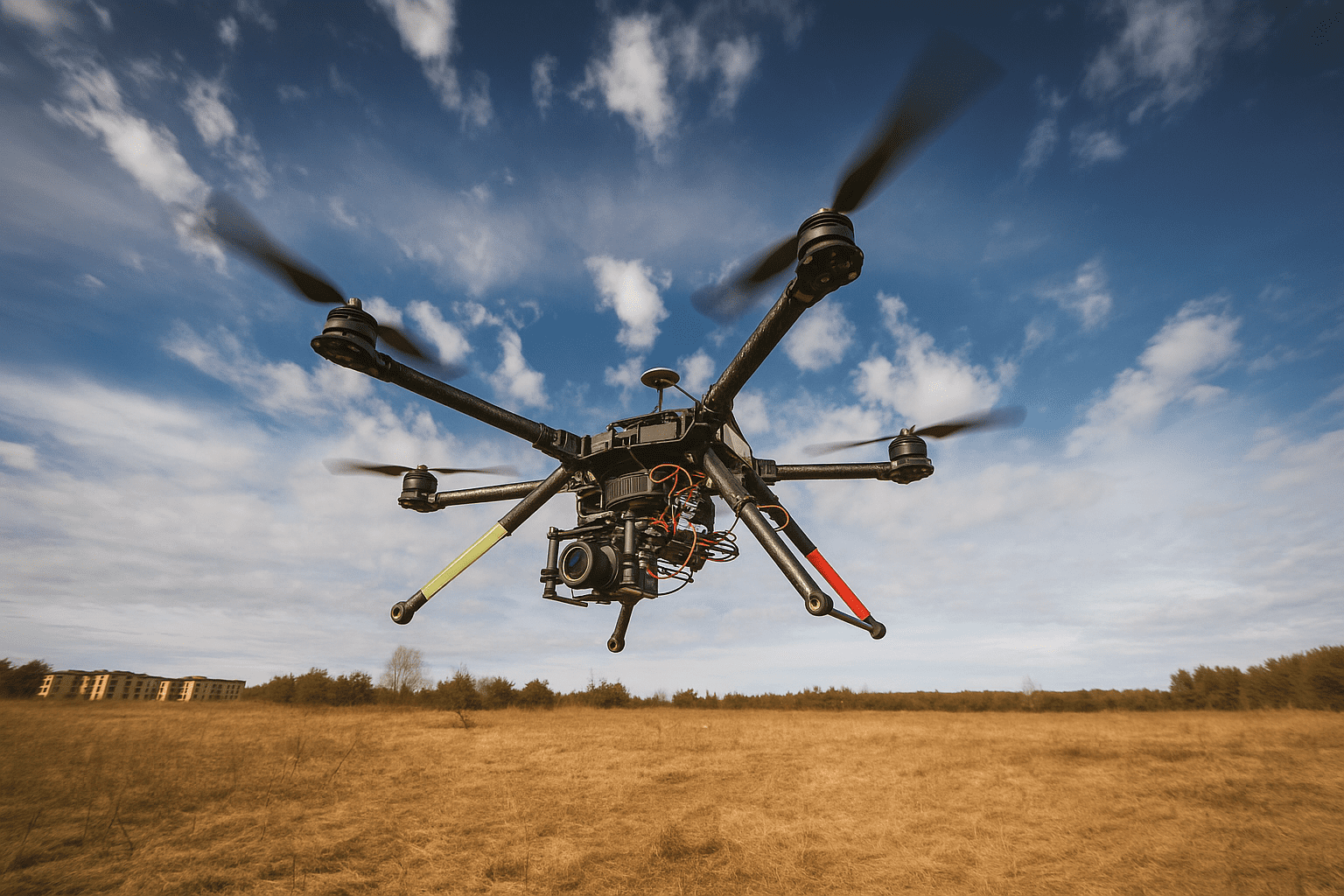The entertainment industry has witnessed a revolutionary transformation with the emergence of drone light shows. These spectacular aerial displays have redefined what’s possible in nighttime entertainment, combining cutting-edge technology with artistic expression to create breathtaking performances that captivate audiences worldwide. From Olympic ceremonies to corporate events, drone light shows are reshaping the future of entertainment.
The Evolution of Aerial Entertainment

Traditional fireworks have long dominated nighttime entertainment, but drone light shows offer a new dimension of possibilities. Unlike pyrotechnics, drones can create precise, dynamic, and reusable formations in the night sky. This technology represents a significant leap forward in entertainment capabilities, offering programmable, environmentally friendly alternatives that can tell stories through light and movement.
The journey from concept to mainstream entertainment has been remarkable. Early drone shows faced numerous technical challenges, from synchronization issues to limited flight times. However, rapid technological advancement has transformed these displays into sophisticated performances that can rival traditional fireworks in scale and exceed them in complexity and precision.
Technical Foundation

At the heart of every drone light show lies a complex system of hardware and software working in perfect harmony. Each drone is equipped with bright LED lights capable of displaying millions of colors, precise GPS positioning systems, and sophisticated flight controllers. These components must work together flawlessly to create the seamless choreography that audiences expect.
The drones used in light shows are specifically designed for this purpose, featuring specialized frames, optimized propulsion systems, and enhanced battery management. Unlike conventional camera drones, these units prioritize precise positioning and extended hover capabilities over speed or agility. Their lightweight construction and efficient power systems enable flight times long enough to complete complex choreographies.
Choreography and Programming

Creating a drone light show requires a unique blend of artistic vision and technical expertise. Choreographers must think in three dimensions, considering not just the final positions but also the transition paths between formations. Software platforms have been developed specifically for this purpose, allowing designers to create and simulate shows before launching a single drone.
The programming process involves multiple layers of complexity. Each drone must be assigned specific coordinates, colors, and timing, all while maintaining safe distances from other units. The software must account for wind conditions, battery life, and potential interference, incorporating multiple failsafes to ensure show safety and reliability.
Essential Components of a Drone Light Show:
- Ground Control Station: Central command center managing all aspects of the show
- Swarm Management Software: Coordinates individual drone movements and formations
- Safety Systems: Multiple redundancies and emergency protocols
- Weather Monitoring Equipment: Real-time atmospheric condition tracking
- Communication Systems: Reliable links between control station and drones
Safety and Regulations
Safety considerations are paramount in drone light shows. The operation of multiple drones in close proximity requires sophisticated collision avoidance systems and redundant safety protocols. Show designers must account for various failure scenarios and implement appropriate contingency plans.
Regulatory compliance adds another layer of complexity. Different countries have varying requirements for drone show operations, often requiring special permits and safety demonstrations. The industry has worked closely with aviation authorities to develop standards and best practices that ensure public safety while enabling creative expression.
Creative Applications
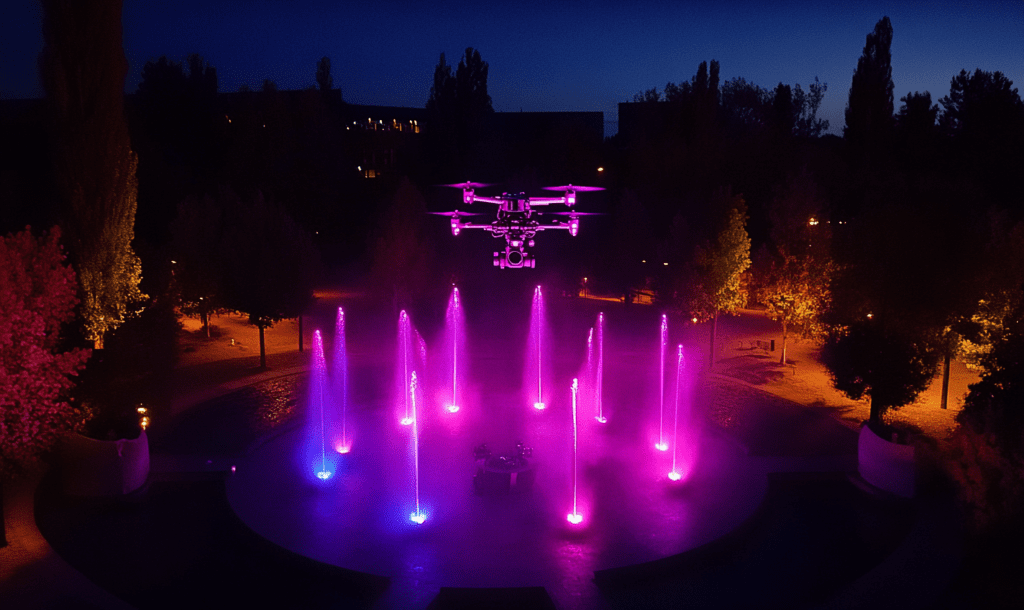
The creative possibilities of drone light shows are virtually limitless. Shows can create three-dimensional sculptures in the sky, morph between complex shapes, and even interact with music and other performance elements. Advanced programming allows for dynamic color changes and movement patterns that can tell stories or convey complex messages.
Corporate events have embraced this technology for brand activations and product launches. The ability to form company logos and product representations in the sky offers unique marketing opportunities. Additionally, the reusable nature of drones makes them an attractive option for recurring events and long-running shows.
Environmental Impact
One of the most significant advantages of drone light shows over traditional fireworks is their environmental impact. Unlike pyrotechnics, drones produce no chemical pollution or debris, generate minimal noise, and cause less disturbance to wildlife. This aspect has made them particularly attractive for events in environmentally sensitive areas or locations with strict noise regulations.
Future Developments
The future of drone light shows looks increasingly bright as technology continues to advance. Improved battery technology promises longer flight times, while enhanced LED capabilities offer brighter, more vivid displays. Artificial intelligence and machine learning are being integrated to enable more complex choreographies and adaptive show control.
Miniaturization of components may soon allow for larger swarms of smaller drones, creating even more detailed aerial displays. Research into autonomous coordination systems could revolutionize how shows are programmed and executed, potentially enabling real-time response to music or audience interaction.
Economic Considerations
While the initial investment in drone show technology is significant, the reusable nature of the equipment offers long-term economic advantages. Unlike fireworks, drones can be reprogrammed for different shows, reducing the cost per performance over time. This aspect has made them increasingly attractive for venues and entertainment companies looking for sustainable entertainment solutions.
Conclusion
Drone light shows represent a perfect fusion of technology and artistry, offering new possibilities for nighttime entertainment. As the technology continues to evolve and become more accessible, we can expect to see these displays become increasingly common at events of all sizes. Their combination of visual impact, environmental friendliness, and creative flexibility positions them as a key player in the future of entertainment.
The success of drone light shows demonstrates how technological innovation can create entirely new forms of artistic expression. As we look to the future, the continued development of this technology promises even more spectacular and immersive experiences, limited only by the imagination of show creators and the advancing capabilities of drone technology.


